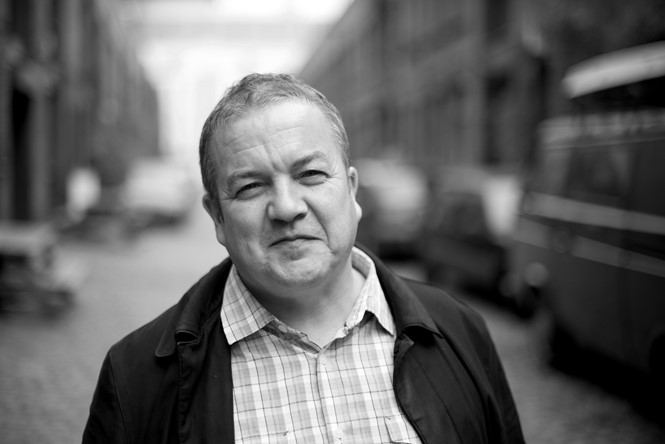Opinion: Who needs signs?

I have spent my life working out how to get people where they need to go. Wayfinding is the current name for it. (Although I think ‘wayshowing’ is a better description.) Signs can often be a blight; a hindrance rather than a help. They don’t quite point in the right direction or there are too many of them. That can lead to visual overload.
I have found, you don’t just use signs, but everything around you, to get somewhere.
Whenever I go somewhere, like a town in England, I know that the railway station is almost always near the town centre, and the town centre is where all the administrative buildings will be, with the central town square full of the big stores and shops.
I know any English village town or city will have grown outwards from the cathedral or church, so that spire is a great way of navigating. Pubs are often on crossroads, and if they are, those roads are often the ones that take you to the next town. Many towns have an overall topology that makes finding your way around easy. A river down the centre, like London, Brighton goes from a hill all the way down to the sea, so you can find your way around from almost anywhere.
Every place has it’s logic; you just need to pick it up.
It’s the same with an individual building, we have a map in our head before we even go inside. An entrance in the centre on the ground floor, an entrance hall or an atrium, lifts and stairs. If the door and atrium are in the centre, then your mental map tells you the floors will probably be symmetrical.
Architecture only confounds when it departs from what people are used to or from what has become intuitive. Architects have to accept that when they flout convention, they are running risks. When I visited the Museum of Scotland it took me an hour just to get out. I still can’t really understand how the building works. Even though you come in at ground level, you have to go out via the undercroft, where the power plant usually is.
The best example that everyone knows is the Barbican Centre, which departs from every architectural norm known to man. I suppose the ultimate revenge we have is to tear a frustrating building down, a building that has bewildered people, and build one that can be happily used for a few hundred years. Then that frustrating design will never be used again; no one is ever going to build a second Barbican.
A lot of trust is now put in apps and on-screen maps. There are now even physical maps within a building – big maps on the wall. I sigh at this. How many buildings are complex enough to need a map? This kind of solution has two problems: the first is orientation, translating the flat map into the three-dimensional world you inhabit, the second is dependancy, the moment you are not looking at the map, you are more or less back to being lost.
And, Google maps is often simply wrong. The flag isn’t in exactly the right place. And that blue dot that is supposed to be me, seems to leap about like a quantum particle.
It is human nature to learn a convention – like book page numbers going from one at the front to the biggest number at the back or sport being at the back of a newspaper or a door handle being at waist level – these things are pretty universal, worldwide. Try numbering a book another way, say using the Fibonacci sequence, and see where it gets the reader. Some architects will do exactly this with a building and wonder why people can’t even find the front door.
In all my projects I collaborate with someone else. It might just be me and my team and the client. Or it might be me and a graphic designer, like Pentagram or Fernando Gutiérrez. Or me and an architect, like Zaha Hadid or David Chipperfield or Norman Foster. I always find I learn something new and useful with every collaboration. However I work I am aiming at the same things; I use everything I can to emphasise the building’s logic, a colour clue or marking something out like a landmark, helping the visitor use their existing mental map as much as possible, enabling them to have an intuitive journey. I think I have succeeded if people whisk about without having to pause.
Quentin Newark is the owner of Atelier Works












